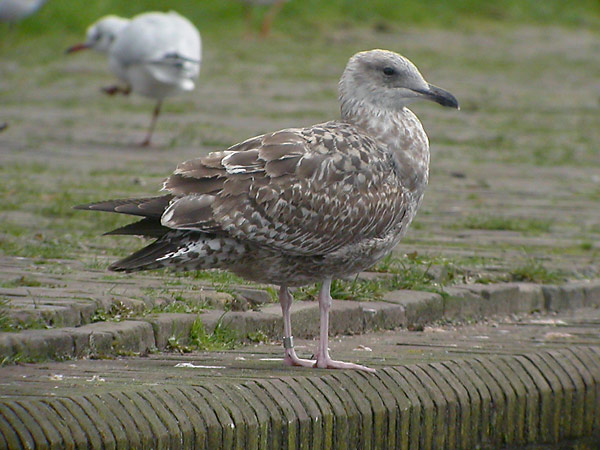 Herring Gull- Zilvermeeuw (argentatus & argenteus)
Herring Gull- Zilvermeeuw (argentatus & argenteus)
(last update:
Herring Gull plumages:
hg 1cy July
hg 1cy August
hg 1cy September
hg 1cy October
hg 1cy November
hg 1cy December
hg 2cy January
hg 2cy February
hg 2cy March
hg 2cy April
hg 2cy May
hg 2cy June
hg 2cy July
hg 2cy August
hg 2cy September
hg 2cy October
hg 2cy November
hg 2cy December
hg 3cy January
hg 3cy February
hg 3cy March
hg 3cy April
hg 3cy May
hg 3cy June
hg 3cy July
hg 3cy August
hg 3cy September
hg 3cy October
hg 3cy November
hg 3cy December
hg sub-ad January
hg sub-ad February
hg sub-ad March
hg sub-ad April
hg sub-ad May
hg sub-ad June
hg sub-ad July
hg sub-ad August
hg sub-ad September
hg sub-ad October
hg sub-ad November
hg sub-ad December
hg ad January
hg ad February
hg ad March
hg ad April
hg ad May
hg ad June
hg ad July
hg ad August
hg ad September
hg ad October
hg ad November
hg ad December
(3 images) Herring Gull 5.412.512(argenteus), October - November 2003, the Netherlands (52.27, 04.33E).Probably ringed as pullus in IJmuiden, the Netherlands: ringed Vogeltrekstation Arnhem Holland 5.412.512. As is standard for 1cy argenteus, all the wing-coverts are juvenile. All lower scapulars are still juvenile. Some upper scapular have been moulted to second generation (25%-50%) in November.
(top image) 5.412.512 October 25 2003, Amsterdam, the Netherlands. Picture Ruud Altenburg. (below 2 images) 5.412.512 November 11 2003, IJmuiden, the Netherlands (52.27, 04.33E). This can hardly be same the bird, note e.g. the pattern on the median coverts and the lower scapular moult score. However, it's hard to find out which reading was incorect.
|


